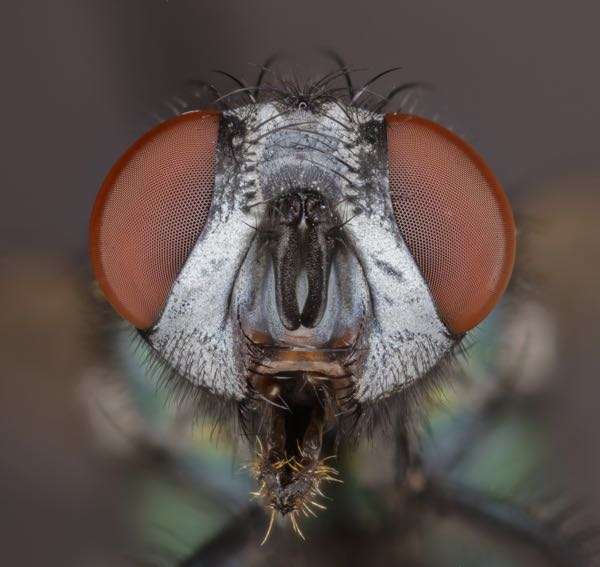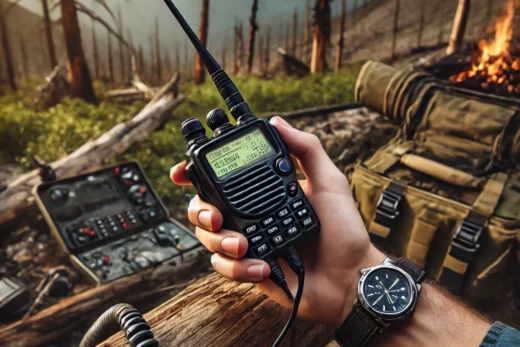
Parasite That Eats Animals and Humans Alive
A deadly parasite once thought eradicated from the United States is now making a dangerous comeback. The New World screwworm (Cochliomyia hominivorax)—a flesh-eating fly whose larvae devour the living tissue of animals and humans—is steadily advancing northward through Mexico and inching closer to the U.S. border, sparking serious concern among livestock owners, veterinarians, and federal agencies.
Sources
- The Gateway Pundit – Screwworm outbreak approaching U.S.
- The Atlantic – Screwworms and the risk to the U.S.
- USDA Historical Archive – Eradication campaign (1958–1969)
- Cowboy State Daily – Screwworm threat to Wyoming cattle
What Is the Screwworm?
The New World screwworm is no ordinary pest. Unlike typical maggots that feed on dead or decaying tissue, screwworm larvae target living flesh, burrowing into open wounds of warm-blooded animals. If left untreated, infestations can cause massive tissue destruction, secondary infections, and death. Animals can suffer horribly, and humans are not immune—though human infections are less common, they are excruciating and dangerous.
A Forgotten Scourge, Reawakened
The United States mounted an aggressive campaign in the 1950s and ’60s to eliminate the screwworm. Using the groundbreaking Sterile Insect Technique (SIT), scientists bred and released millions of sterilized male flies to collapse the population. By 1966, the parasite was officially eradicated from the U.S., and by 2006, similar programs had pushed it back into northern South America.
But in 2016, the screwworm reappeared in the Florida Keys, affecting endangered Key deer. While that outbreak was swiftly contained, recent developments are far more troubling. In spring 2025, the parasite reemerged in the Mexican states of Oaxaca and Veracruz—less than 700 miles from the Texas border.
Wyoming and the Cattle Industry on Alert
This isn’t just a southern border problem. Wyoming ranchers are also watching the situation closely. The state is home to over 1.2 million cattle, and an outbreak could be devastating to the local economy. The screwworm could spread northward via livestock transport or infected wildlife. Officials stress that early detection is critical, as the larvae can easily go unnoticed until significant damage has occurred.
If the screwworm breaches U.S. territory, federal and state response teams would likely reinitiate SIT programs—but such operations are costly, complex, and not guaranteed to succeed immediately.
The Human Toll
While rare, human cases of screwworm infection have occurred in the current outbreak. In April 2025, a 77-year-old woman in Chiapas, Mexico, was diagnosed after doctors discovered larvae inside a head wound. The horror of such cases underscores the parasite’s potential public health threat.
Obstacles in the Fight
One of the greatest challenges in controlling the parasite’s spread lies in logistical interference. According to reports, Mexican drug cartels have begun extorting aircraft tasked with releasing sterilized flies as part of eradication efforts—demanding as much as $35,000 per flight to ensure safe passage. This has severely hampered containment measures.
Government Response
The U.S. Department of Agriculture has acted swiftly by suspending live cattle imports from affected Mexican regions. Agencies are also ramping up surveillance along the southern border and working with Mexican officials to support renewed eradication operations. However, with the parasite this close, proactive preparation is essential.
What To Watch For
Livestock owners and veterinarians are urged to monitor animals closely for signs of infection:
- Open wounds that worsen over time
- Maggots or larvae present in wounds
- Unusual animal behavior, lethargy, or distress
If you suspect a screwworm case, contact your local animal health authority immediately.
Conclusion
The screwworm is not just a veterinary issue—it’s an agricultural, economic, and public health threat. Its return serves as a grim reminder of how quickly nature reclaims ground when vigilance wanes. With global trade and travel facilitating the spread of biological threats, the fight against this parasite is not just about borders—it’s about biology, coordination, and constant preparedness.

Parasite That Eats Animals and Humans Alive
#ScrewwormAlert, #LivestockHealth, #USDAResponse, #AgricultureThreat, #PublicHealth



